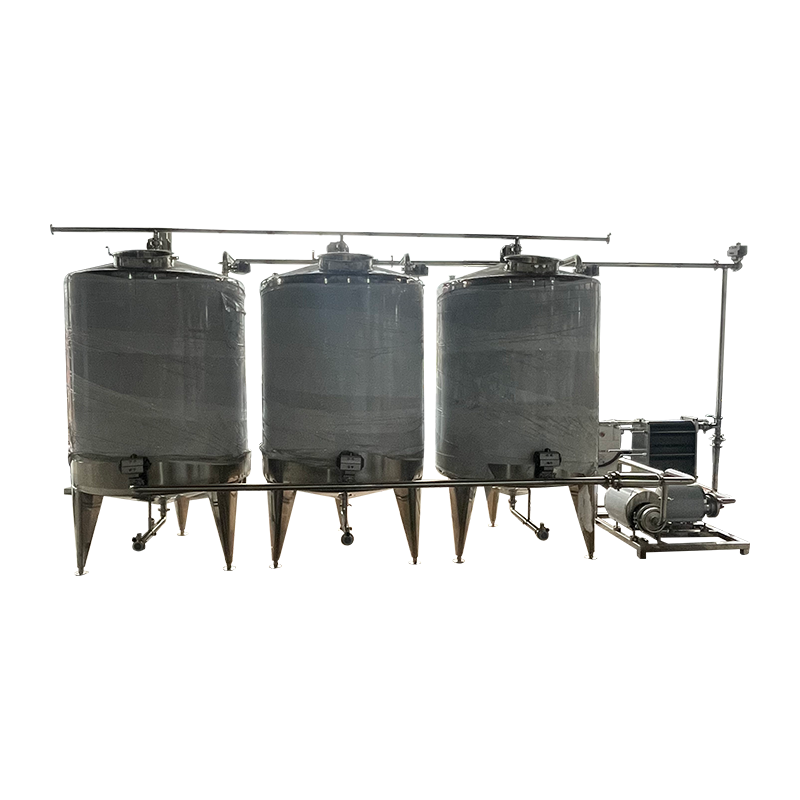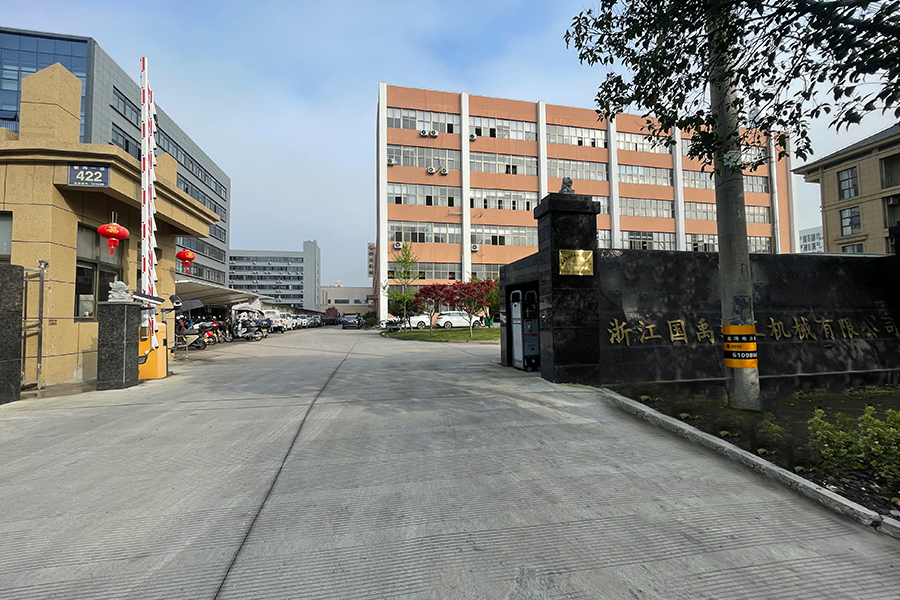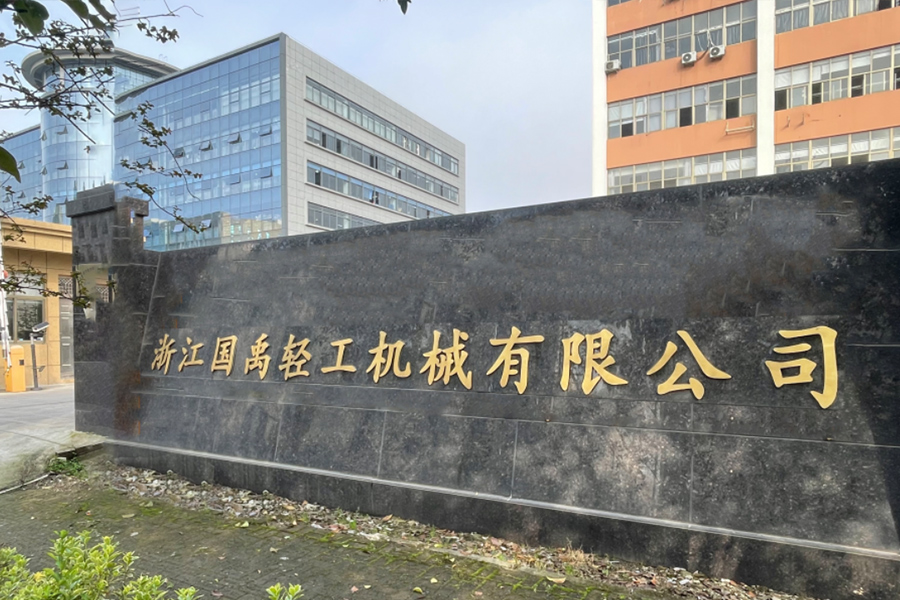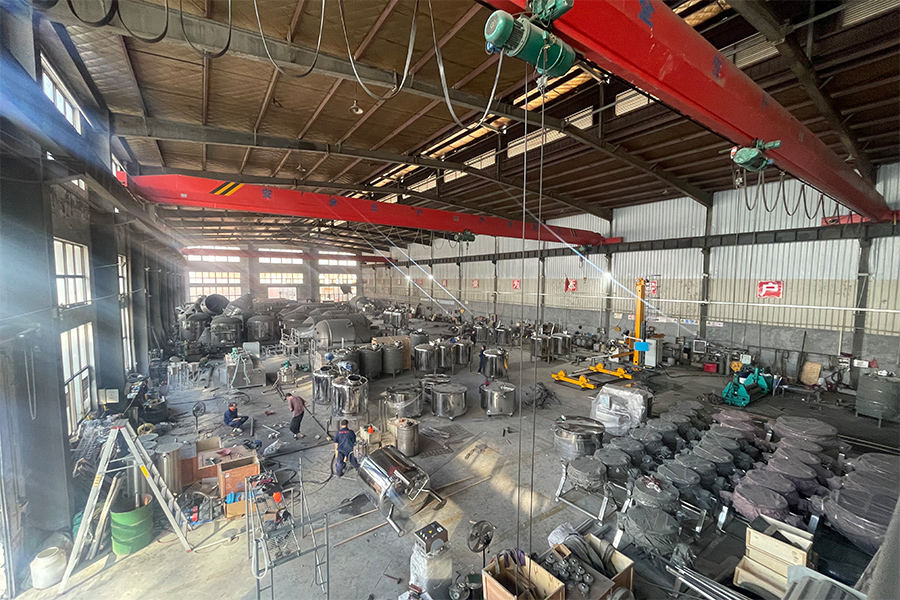A Self Bunded Chemical Storage Tank is a type of tank designed with an integrated secondary containment system to prevent leaks and spills. Unlike traditional tanks that require separate bund walls, these tanks have a built-in outer shell that acts as a containment barrier. This design helps reduce installation space and simplifies compliance with environmental regulations. Made from corrosion-resistant materials such as polyethylene or coated steel, self bunded tanks are used in various industries for storing chemicals safely. They often include features like pressure relief valves and level indicators to support safe operation and monitoring.
Key Stages of a CIP Washing System Process
A CIP (Clean-In-Place) Washing System is a specialized cleaning solution designed to clean the interior surfaces of processing equipment without requiring disassembly. This automated system circulates cleaning agents, rinsing fluids, and sanitizers through pipelines, tanks, and other equipment, ensuring that residues and contaminants are effectively removed.
CIP washing systems are widely used in industries such as food and beverage, pharmaceuticals, and chemicals where maintaining hygienic conditions is critical. The process typically involves several stages: pre-rinse to remove loose debris, detergent wash to dissolve residues, rinse to flush out cleaning agents, and sanitization to eliminate microorganisms. These stages are programmed for good cleaning efficiency, ensuring consistent results with small human intervention.
One key benefit of CIP washing systems is their ability to reduce downtime since equipment remains assembled and operational faster than traditional manual cleaning methods. Additionally, the automated process improves worker safety by small direct contact with hazardous chemicals.
CIP systems are usually designed to be adaptable, supporting various tank sizes and piping configurations. They often include sensors and controls to monitor parameters such as temperature, flow rate, and chemical concentration, allowing operators to adjust cleaning cycles based on specific requirements.
Regular maintenance and validation of CIP washing systems help sustain cleaning effectiveness and prolong equipment life. By automating and standardizing the cleaning process, CIP washing systems contribute to product quality, operational efficiency, and regulatory compliance across multiple industries.
Components and Operation of Tank CIP Systems
A Tank CIP (Clean-In-Place) System is a cleaning solution specifically designed for tanks used in industrial processing. It allows tanks to be cleaned thoroughly without disassembly, improving sanitation and operational efficiency.
The system works by circulating cleaning fluids—such as water, detergents, and sanitizers—through spray balls or nozzles positioned inside the tank. These devices distribute the cleaning agents evenly across internal surfaces, ensuring effective removal of residues and microbial contaminants.
Tank CIP systems are commonly used in food processing, dairy, beverage production, and pharmaceutical manufacturing where hygiene is essential. Cleaning cycles typically involve multiple steps, including rinsing, washing, and sanitizing, with parameters such as temperature, chemical concentration, and cleaning time carefully controlled.
One advantage of a tank CIP system is the reduction of labor-intensive manual cleaning, which can be time-consuming and pose safety risks. Automated cleaning also allows for consistent sanitation, supporting product quality and compliance with health regulations.
Tank CIP systems can be integrated with broader plant CIP operations, allowing centralized control and monitoring. Sensors may track cleaning parameters to ensure each cycle meets required standards.
Overall, tank CIP systems offer an efficient and hygienic cleaning solution, enabling industries to maintain equipment cleanliness while optimizing production schedules and resource use.

















